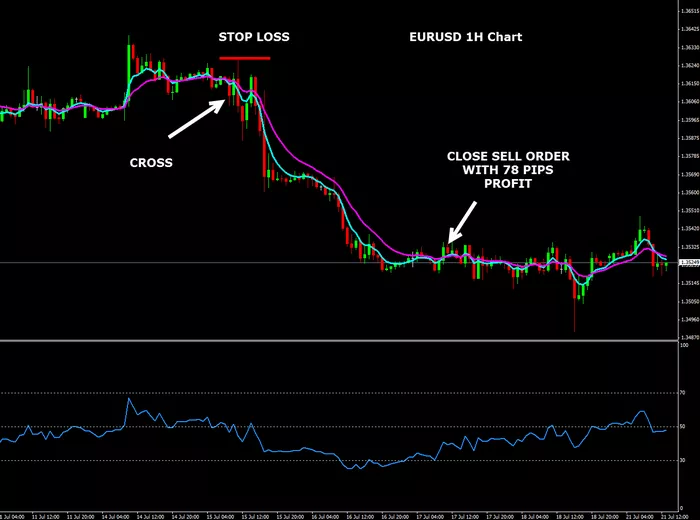The South Korean Won (KRW) experienced significant volatility following an unexpected decision by the Bank of Korea (BoK) to hold interest rates steady at 3%. This move surprised markets, as many had anticipated further rate cuts amid the challenging economic backdrop and ongoing political turmoil.
During the post-policy meeting press conference, BoK Governor Rhee Chang-yong acknowledged that the decision to keep rates on hold was not unanimous. Board member Shin Sung-hwan dissented, arguing that a rate cut would still be appropriate to support economic growth. The broader sentiment from the BoK board, however, was that the need for further rate cuts had risen due to heightened downside risks to economic growth.
Governor Rhee noted that all members agreed a rate cut was necessary but emphasized the importance of monitoring the fluctuating Dollar-Won (USD/KRW) exchange rate. The BoK’s assessment pointed out that the current level of the USD/KRW exchange rate is considerably higher than South Korea’s economic fundamentals, suggesting that political turmoil and external uncertainties were influencing the FX market.
Rhee also stated that while the exchange rate is a concern, waiting until political stability returns and some certainty emerges with the new US administration would be prudent before changing policies further. The central bank emphasized inflation-targeting as a key driver in their policy decisions.
Reaction in the FX Market
The immediate reaction in the currency markets was sharp, with the USD/KRW dropping significantly to test the 1,450 level in response to the BoK’s rate-hold decision. However, the pair quickly rebounded as the dovish remarks from Governor Rhee, especially the indication that some board members were open to rate cuts in the next three months, helped push the pair back higher. At the time of writing, the USD/KRW was trading near the 1,455 level, recovering from its earlier losses.
In summary, the BoK’s surprise decision to hold rates steady, coupled with concerns about political instability and the impact on the exchange rate, led to initial volatility in USD/KRW. However, the market is now closely watching for any indications of future rate cuts, especially as the central bank remains cautious in its approach, with inflation-targeting and political stability remaining at the forefront of its policy considerations.
Related topics:
Zijin Mining in Talks to Acquire Controlling Stake in Zangge Mining
China’s December Exports Expected to Rise Amid Trade Uncertainties
Investors Eye Earnings Growth and Policy Shifts as Q4 Reports Begin


